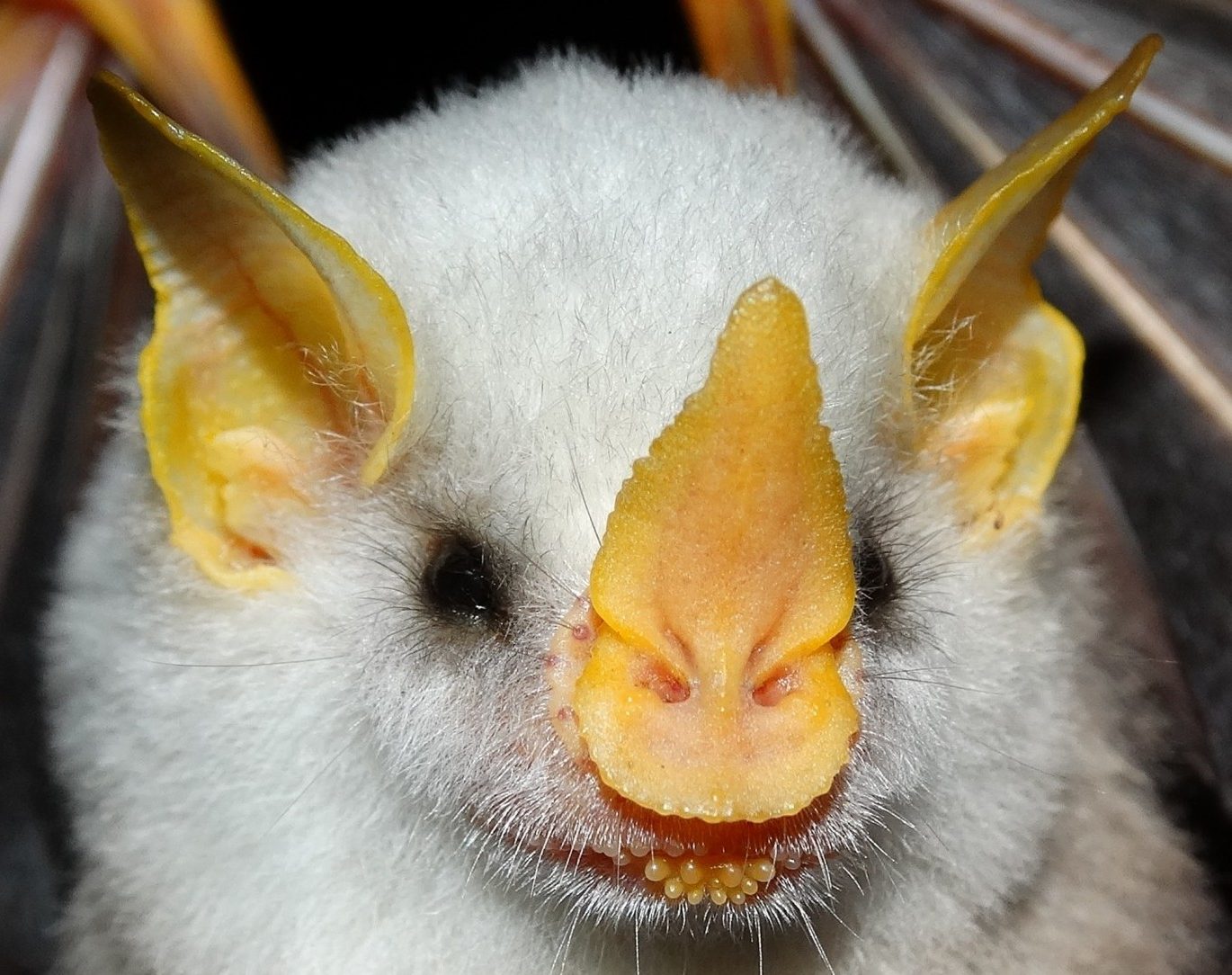 Why do primates have such colorful and distinct faces? We have been trying to answer this question in a broad comparative context by integrating data on the two most likely drivers of primate facial diversity: sociality and ecology. A major challenge during this research has been to quantify the facial patterns in a way that is comparable across hundreds of primates species. So, we devised a metric, “facial complexity”, which represents how many colors there are in a primate’s face. Much to my own surprise, the evolution of facial complexity seems to be tightly linked to social group size and species sympatry. This is usually a positive relationship (Neotropical primates are the oddball), indicating that differences in the number of colors in primate faces provide cues that might be used for species and/or individual recognition.
Why do primates have such colorful and distinct faces? We have been trying to answer this question in a broad comparative context by integrating data on the two most likely drivers of primate facial diversity: sociality and ecology. A major challenge during this research has been to quantify the facial patterns in a way that is comparable across hundreds of primates species. So, we devised a metric, “facial complexity”, which represents how many colors there are in a primate’s face. Much to my own surprise, the evolution of facial complexity seems to be tightly linked to social group size and species sympatry. This is usually a positive relationship (Neotropical primates are the oddball), indicating that differences in the number of colors in primate faces provide cues that might be used for species and/or individual recognition.
This research has been getting a lot of media coverage (I guess everyone likes monkeys!), and a new article in Discover magazine does an excellent job at decribing our complexity scale. Check it out:
http://discovermagazine.com/2013/march/7-monkey-face#.UTAFVPkS5sJ


Comments are closed